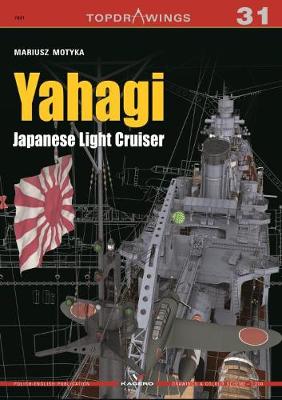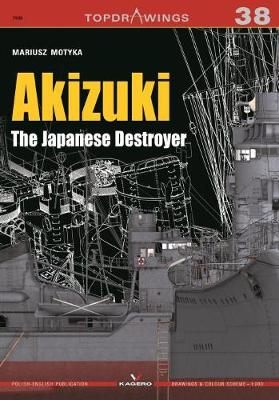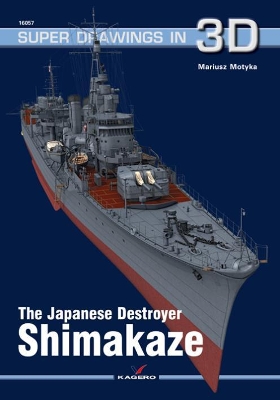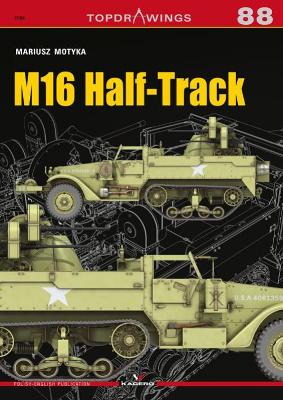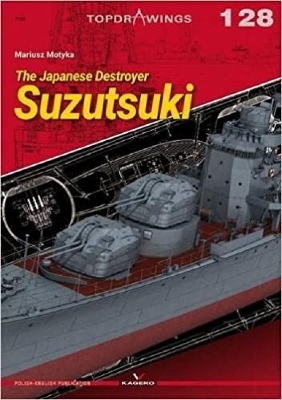Top Drawings
8 total works
The ships of Project 30bis were created as a continuation of large destroyers from World War II, which were part of Projects 30 and 30K. However, in comparison to the 30 and 30K project destroyers, the new ships were slightly larger, and their hull was welded entirely. Moreover, the appearance of the superstructures changed, the armament was slightly modified, and more sophisticated electronic equipment was installed. The propulsion system was also modernized, increasing the power of the boilers. The project was developed in 1946 and approved in January 1947. The construction of ships commenced in 1948.
Although the first completed and commissioned on February 5, 1950, destroyer was Bditielnyi (Watchful), the entire series was named after the eighth destroyer Smelyi (Courageous), which was commissioned on March 19, 1950. This ship was used in the Gdansk Bay in the region of Baltijsk, Russia, for both state tests, and project qualifications. On the other hand, in the West, this type of ship began to be referred to as Skoryi-class, after the first identified ship.
The battleships were built in four shipyards: Leningrad, Komsomolsk, Nikolayev, and Severodvinsk. The construction of 85 vessels commenced, of which 70 vessels were completed, and the remaining ones were resigned.
